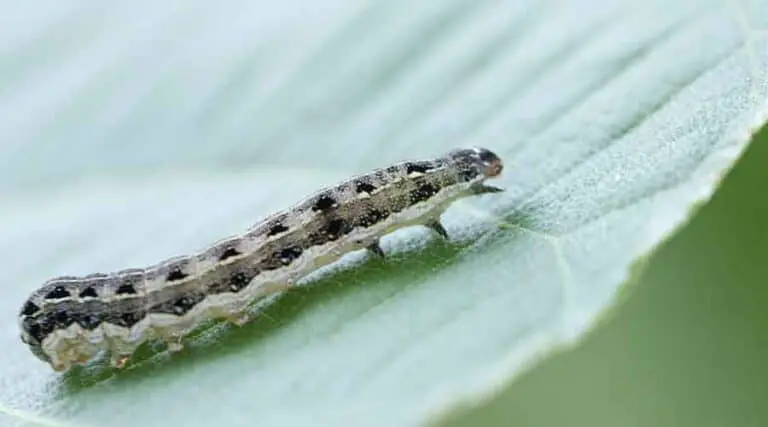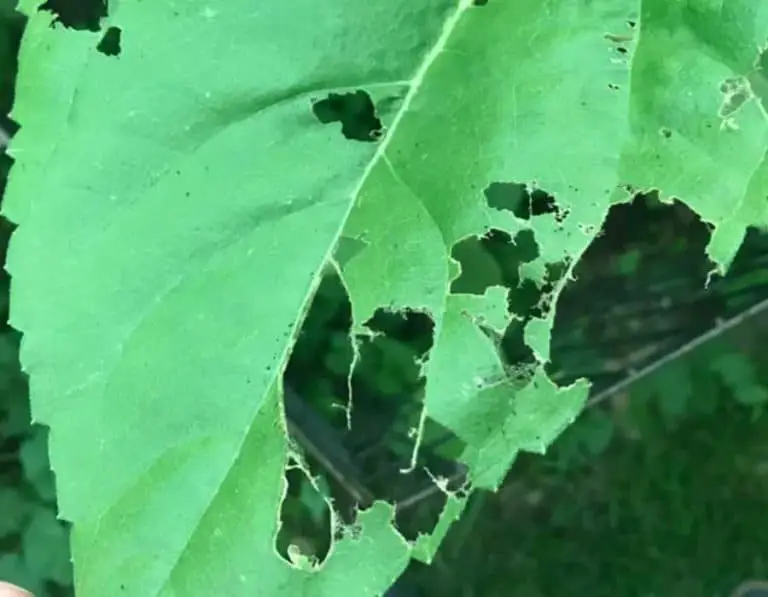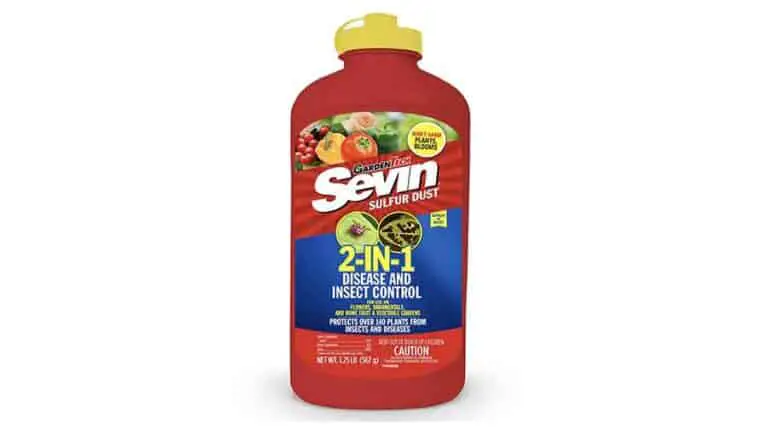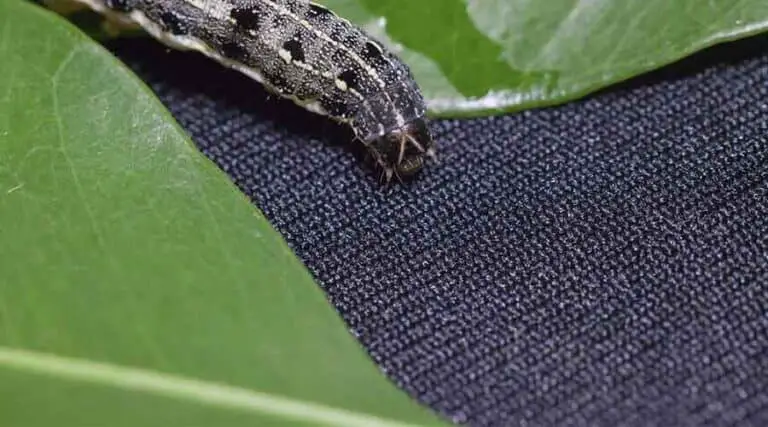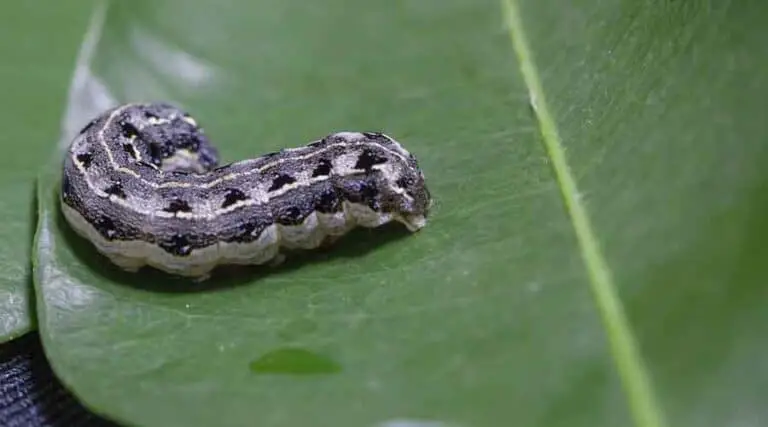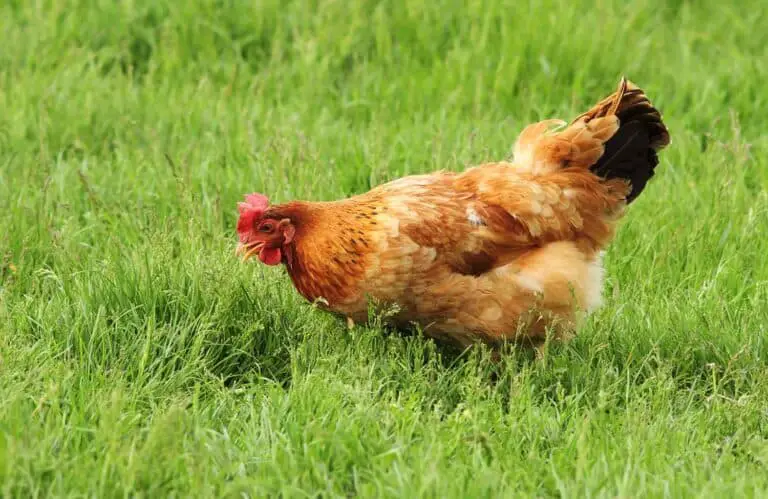Do Cutworms Turn Into Moths: Unraveling the Mystery
Cutworms are a diverse group of caterpillars known for their destructive habits in gardens and agricultural fields. These seemingly small insects can wreak havoc on plants, but what happens to them once they complete their larval stage? The answer lies in their metamorphosis, as cutworms eventually transform into moths. This fascinating process is essential to understanding the life cycle of these insects.
Several species of cutworms exist, most of which belong to the Noctuidae family of moths. During their larval stage, cutworms feed on various plants, turning into a pest that farmers and gardeners need to manage. However, as they transition into their adult form, they develop wings and fulfill different ecological roles, including pollination and serving as food for other animals. A deeper understanding of cutworms and their moths offers insights into their control and management, improving agricultural practices and garden management.
What Are Cutworms
Life Cycle
Cutworms are the larval stage of certain moths in the Noctuidae family. They are called cutworms because of their tendency to cut young plants near the base, causing significant damage to crops and gardens. The life cycle of a cutworm consists of four stages: egg, larva, pupa, and adult moth.
Eggs are laid by female moths on the leaves or stems of host plants. The larvae hatch and start feeding on the foliage, stems, and roots of the plants. After several weeks of feeding, the cutworms pupate in the soil, creating a protective cocoon. The adult moths emerge from the pupae, mate, and lay eggs, starting the life cycle again.
Common Types
There are many different species of cutworms, but some of the most common ones include:
- Black cutworm (Agrotis ipsilon): This species is known for its dark brown to black coloration and is commonly found in North America. These cutworms primarily feed on corn, and can cause significant crop damage. Learn more about them in this article on migratory ecology of the black cutworm.
- Army cutworm (Euxoa auxiliaris): These cutworms are known for their wide host range and are known to be a food source for grizzly bears in the Yellowstone ecosystem. They convert ingested flower nectar to body fat when they feed on plants. You can find more information about their relationship with grizzly bears in this study.
- Western bean cutworm (Striacosta albicosta): This species is native to the western United States and can cause significant damage to corn and beans. Their life cycle in Michigan was studied in this research article.
Understanding the life cycle and different types of cutworms can help in developing effective pest control methods. It is crucial to protect crops and gardens from the damage caused by these destructive pests.
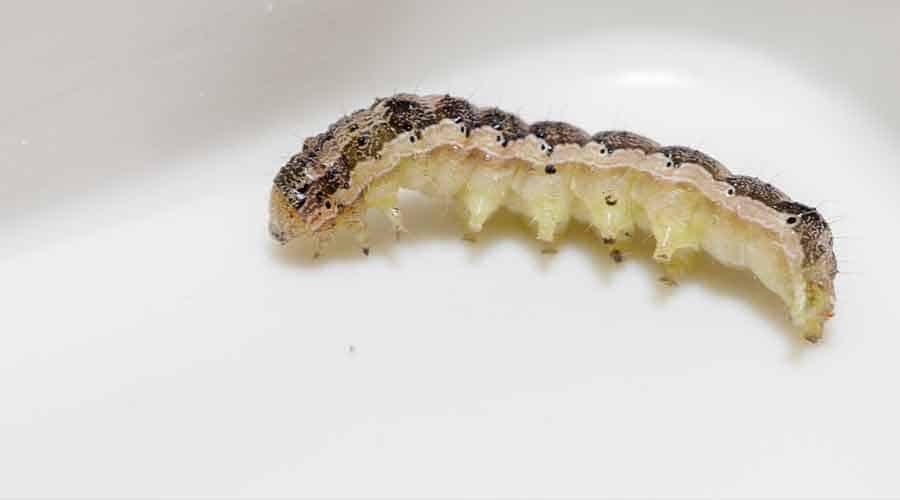
Do Cutworms Turn into Moths
Cutworms are the larval stage of certain moth species, particularly those belonging to the Noctuidae family. These caterpillars earn their name from their tendency to cut down plants at the base as they feed. As they develop, cutworms will undergo metamorphosis and eventually transform into adult moths.
Identification of Adult Moths
The adult moths that emerge from cutworms can vary in appearance, typically having muted colors and intricate patterns on their wings. Some examples of moths that were once cutworms include the black cutworm and the army cutworm moth.
- Black Cutworm Moth: This moth has predominantly dark gray forewings with lighter gray patches near the edges. It derives its name from the dark coloration and the fact that the cutworm stage is known for its damage to crops source.
- Army Cutworm Moth: With a wingspan of about 1.25 inches, this moth has a mottled pattern of gray, brown, and beige. As a cutworm, it shares a similar feeding behavior with the black cutworm but is more widespread and can cause substantial damage to agricultural fields source.
Adult moths typically lay their eggs on the leaves of host plants, starting a new generation of cutworms. In the case of some species, such as the army cutworm moth, they can migrate long distances, feeding on nectar from flowers and converting it to body fat to fuel their migration source.
It can be challenging to identify the specific species of moths that have developed from cutworms without the help of entomological experts. Field guides and illustrated keys, like this one, can be valuable resources for identifying adult moths.
In summary, cutworms indeed turn into moths, with certain species causing considerable damage to plants during their larval stage. Recognizing the adult moths can provide vital information in managing these pests and preventing damage to crops and gardens.
Controlling Cutworms in Gardens
Cutworms are a common pest that can cause significant damage to gardens and crops. They are the larvae of various species of moths and can be found in a variety of colors and patterns. To effectively control these pests, it’s essential to understand their natural predators and implement effective organic methods to maintain healthy gardens.
Natural Predators
There are several natural predators that can help control cutworm populations in your garden. These include:
- Birds: Many bird species feed on cutworms and can significantly reduce their populations.
- Ground beetles: These insects are known to prey on cutworms and can be encouraged to stay in your garden by providing hiding spaces and reducing pesticide use.
- Predatory nematodes: These microscopic worms can attack and kill cutworm larvae in the soil.
- Parasitic wasps: Several species of wasps lay their eggs inside cutworm larvae, eventually killing the host.
By encouraging the presence of these natural predators, you can effectively manage and reduce cutworm populations in your garden without resorting to chemicals.
Organic Methods
In addition to supporting natural predators, there are organic methods to control cutworms that can complement your pest management strategy. Some of these methods include:
- Handpicking: Regularly inspect your plants, especially during early stages of growth. Manually remove and destroy any cutworms you find.
- Barriers: Place collars made from cardboard or plastic around the base of your plants to prevent cutworms from accessing the stems. Make sure the barrier extends at least 1 inch below the soil.
- Diatomaceous Earth or crushed eggshells: Sprinkle a protective layer around the base of your plants to create a physical barrier that deters cutworms.
- Companion planting: Grow plants that repel cutworms, such as marigolds or garlic, next to susceptible plants.
Implementing these organic methods and fostering an environment that supports natural predators will aid in controlling cutworm populations in your garden, protecting your plants from damage, and ensuring a healthy ecosystem.
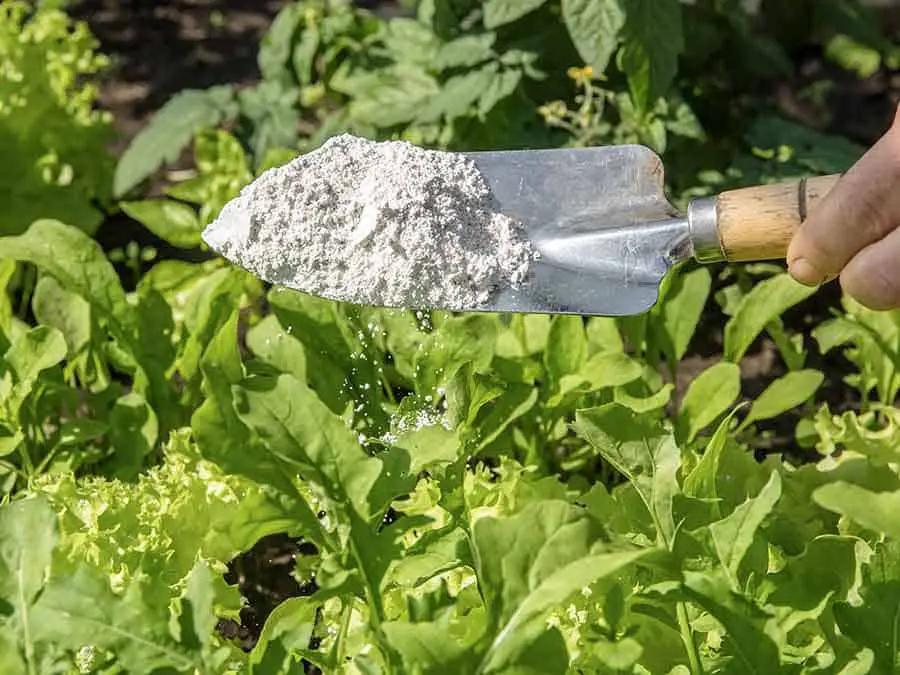
Preventing Future Cutworm Infestations
Cultural Practices
One effective method to prevent future cutworm infestations is through the implementation of cultural practices. Proper field sanitation, such as removing plant debris and weeds, can help eliminate potential egg-laying sites for cutworm moths1. Timely tillage can also be beneficial, as it disrupts the life cycle of the cutworms by exposing them to predators and unfavorable environmental conditions.
Another key strategy is early-season scouting for signs of cutworm damage. Identifying and addressing infestations in a timely manner can help prevent significant crop losses. Pheromone traps can be used to monitor the presence of cutworm moths and provide valuable information for making management decisions.
Crop Rotation
Practicing crop rotation is another essential tool for preventing cutworm infestations. Rotating with non-host crops, such as legumes or small grains, can help to break the life cycle of cutworms and reduce their populations. This approach is particularly useful in areas with a history of cutworm problems or known hotspots.
It is essential to follow recommended crop rotation guidelines for specific crops and regions, as these can vary greatly depending on local conditions and pest pressures. In general, a diverse rotation that includes several different crop families can provide the most effective protection against cutworm infestations.
In conclusion, effective management strategies for preventing future cutworm infestations include implementing cultural practices, such as field sanitation and early-season scouting, and practicing crop rotation with non-host crops. Following these strategies can help to maintain healthy crop production and minimize the impact of cutworms on crop yields.

